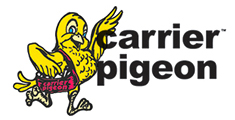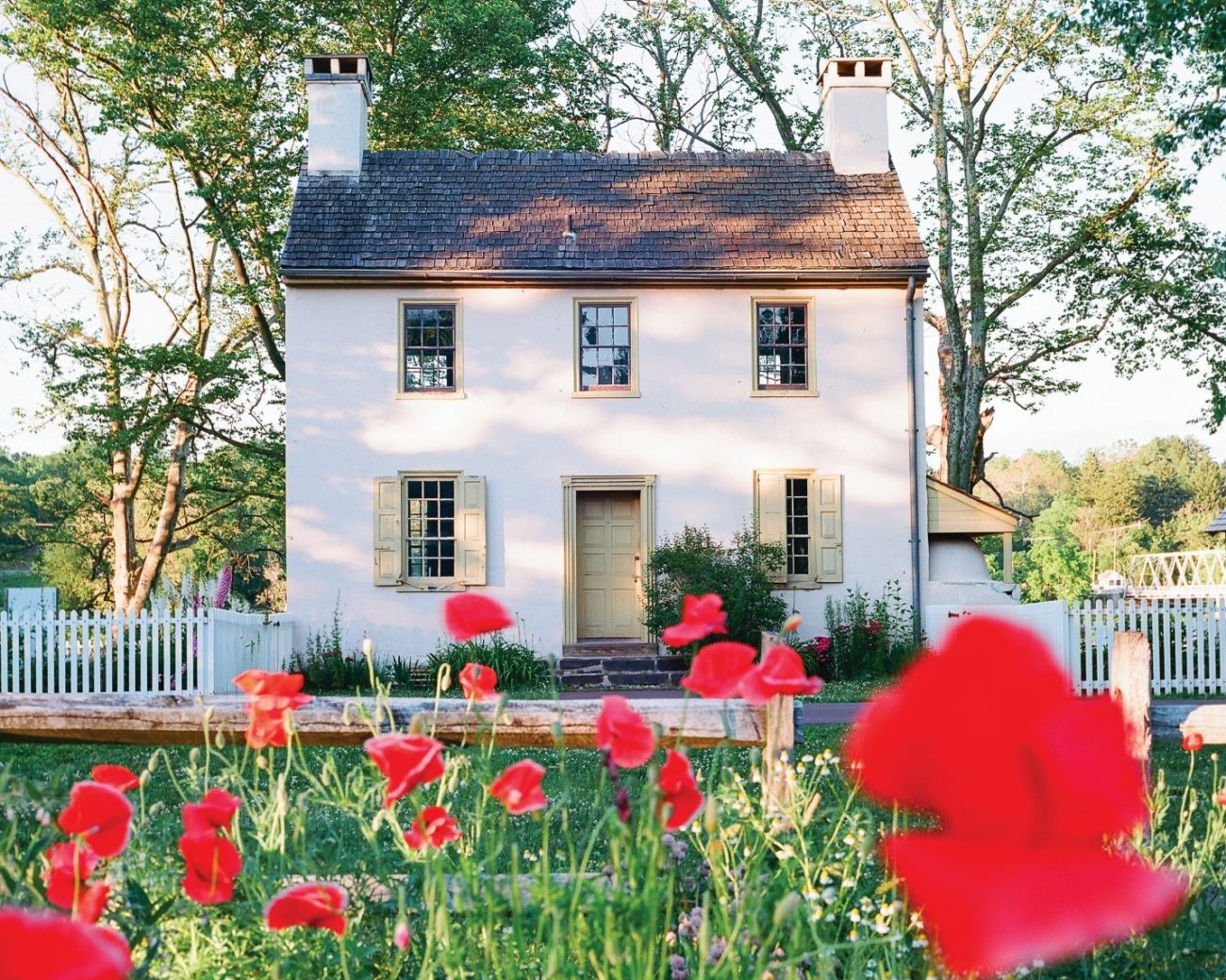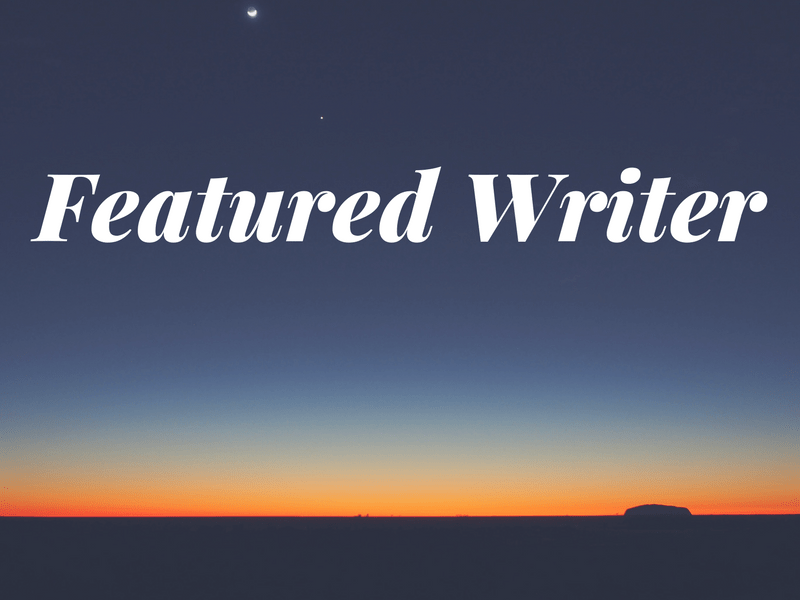Spring Settings
By Kenneth Taylor
Now that Spring is here, I thought it would be appropriate to discuss some of the types of photography that are popular this time of year.
My goal is to inspire you with some tips and perhaps help you get your camera out of automatic mode. It’s a great time to start gaining a little more control over your results. If you’re like me, the motivation to get out and shoot increases as soon as it begins to get warm. It’s the perfect time to take your photography a step further. We have more daylight, more energy, and there’s ideas everywhere.
One of the best parts about Spring is the return of colorful flowers. Flowers make a fantastic subject for a photograph. You can bring out the most detail and color by photographing them close up.
Keep your eye out for flowers with dew, rain droplets, or even insects on them. It tells more of a story.
Chances are the lens that came with your camera will not allow you to focus close enough on these fine details. This is where a macro lens becomes useful. A macro lens allows you to focus much closer. It’s important to know that the closer you get, the more depth of field (sharpness over distance) you’ll need. This will insure that the area you’re focusing on will look acceptably sharp. When you’re in real close on a flower, try putting your camera in aperture priority mode and setting it to F/11, F/16, or even F/22. As you set the aperture higher, a larger area will be in focus. The camera will do all the other settings to ensure a good exposure automatically in this mode. You will need to do this on a tripod for stabilization to get the best results. However, there is a ring shaped flash available that connects to the lens for macro photography. If you incorporate one of these into your set up, you’ll have a fast enough exposure to use your camera handheld.
Spring also brings the return of outdoor sporting events like my personal favorite, baseball. I’m sure many of you enjoy photographing your children’s or grandchildren’s games. Typically these types of events allow you to get pretty close to the field so large telephoto lenses aren’t exactly necessary. If you’re planning on photographing a professional event, you most likely WILL need a long telephoto lens. Regardless, what you may want to consider is putting your camera in shutter priority mode.
The shutter speed can be used to control the perception of motion. In this mode you select a shutter speed and the camera does the rest of the work to achieve the correct exposure. A fast shutter speed freezes action. For example, the moment the bat makes contact with the ball. Try setting the shutter speed to 250th or 500th in order to achieve this effect. Freezing action isn’t always the best approach to sports though. Sometimes a little motion blur portrays the action in a more interesting way. An outfielder diving for a fly ball might look more dramatic with a little motion blur vs. completely frozen. Try some action shots setting the shutter speed a little slower at a 60th or 125th. Lock focus and follow through with the action.
Experiment and have fun with it. Also keep in mind that it’s not just the big moments on the field that tell a story. Pay attention to the dugout or sidelines. The coach may be giving a pep talk or a player could be blowing a giant bubble with bubble gum. These make for great photographs too. Consider turning around and photographing the reaction of crowd from time to time. All of these elements collectively can tell a complete story.
Spring is probably my favorite time of year to do landscape photography. Everything is in bloom and the sun doesn’t set until 7:30. One of the biggest mistakes I see in landscape photography is a lack of foreground to lead you into the picture. This makes a flat boring image. I’m often guilty of it myself and to be fair it can be a challenge to find shots with good foregrounds in our region. Keep an eye out for elements like boulders, fallen trees with moss, even pockets of flowers if you can get down low enough. Almost anything is better than nothing. A landscape is much more powerful with a sense of depth. A foreground element helps give us this.
If you’ve read any of my past articles, you’ll know that I’m big on time of day for landscapes. It’s worth mentioning again that sunrise and sunset are the best times for landscape and almost every other type of photography. The light is soft and pretty. Your camera will render the best colors at these times. This would be another good scenario to use your camera in aperture priority mode. Typically for landscapes you want as much as possible in focus over distance. Try setting the aperture to somewhere between F/11 and F/22. Again, in this mode the camera will make the rest of the adjustments automatically for a correct exposure. You only have to set the aperture and focus. It’s like semi-auto. If you’re out at sunrise or sunset the camera may automatically slow down the shutter speed due to lower light conditions. This may create undesirable blur if you’re handholding the camera. For this reason, I always recommend placing the camera on a tripod when shooting landscapes.
If you’re using a digital camera, you have the luxury of seeing the images right after you take them. So, don’t be afraid to experiment with the settings and techniques I mentioned. You’ll find very quickly that you won’t be shooting in auto mode anymore. Mistakes will definitely be made at first but your photography will keep getting better. Look at the images you’ve shot on a computer. If improvements can be made, get right back out there the next day and take the shots again. Try assigning yourself a specific project. For example, “today I’m going to shoot a close-up of a flower to hang in my kitchen.” Photo projects can be a great motivator for learning more. So get out and enjoy this wonderful season with a little photography. Those cold November days that remind us Winter is coming will return before you know it. Happy Spring!
Kenneth Taylor
contact@nycv.com





